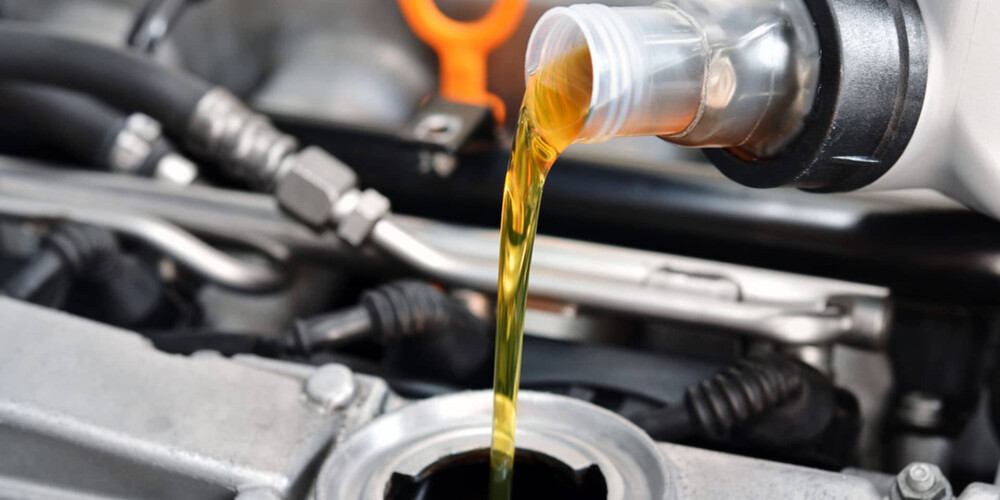Car winter storage done right ensures your car will fire to life in the spring and be ready to ride...
Unless you live in the south or you lost a bet, you’re not riding your car during the winter. Fortunately, car winter storage is simple and straightforward.
Here’s how to properly store your car so it’s ready to go in the spring.
Car winter storage step-by-step guide
1) Change the oil and filter
A minor debate exists in online forums over whether to change the oil and filter before you store your car or after you remove it from winter storage.
Change it before storage, and here’s why.
Engine operation produces combustion byproducts, such as moisture and acids. Those harmful byproducts can cause problems if they’re left in your engine during storage.
Moisture can lead to rust formation on engine parts. Once rust starts to form, it doesn’t stop. When you fire up the engine in the spring, rust particles can flake off into the oil and scour bearings and other parts during operation, leading to wear.

Likewise, acids in the oil can cause problems. Acids corrode metal, which can lead to engine wear and, eventually, failure. It’s best to drain used oil from the engine prior to storage to prevent these potential headaches.
Not all motor oils contain enough rust inhibitors for storage, which is why it’s best to use a properly formulated oil.
2) Stabilize the fuel
While we’d all be doomed without oxygen, too much of it has a negative effect on gasoline.
Over time, gasoline oxidizes and breaks down. That simply means oxygen molecules alter the gasoline’s chemistry (think of a cut apple turning brown).
Oxidized fuel forms varnish, gums and insoluble debris that can clog tiny fuel passages in the fuel system. This can lead to hard-starting and poor operation in the spring – assuming the engine starts.
Use gasoline stabilizer to fight oxidation.
A good stabilizer resists oxidation to keep fuel fresh. If you intend to store your car longer than four months, add Gasoline Stabilizer prior to the final outing of the season to ensure complete distribution throughout the fuel system.
3) Maintain the battery
There are a couple ways to maintain the battery.
You can remove it from the car and store it where it won’t freeze, like a basement or heated garage. Make sure to store it off the ground.
You can also leave the battery in the car. Whichever works best, be sure to attach a trickle charger to the battery. It automatically maintains the optimal charge throughout the storage period. That way your car will fire right up in the spring.
4) Wash and dry the car
Wash all the dirt, dust and bugs from the car before storing it for the season. Use a mild soap and a sponge. Rinse and dry with a clean cloth or chamois. Place open boxes of baking soda in the interior to absorb moisture and prevent odors from building up while your car is in storage. If your storage area is prone to rats, mice, or other vermin, be sure to cover or plug any areas where small animals could get in and do any damage.
5) Put the car on jack stands
Take the necessary precautions to jack your car up safely, and place it on jack stands to keep the tires from flat spotting and to give your suspension a rest during storage. If you can't leave it on jack stands or a lift, consider adding about 10 psi above your normal tire pressure, but don't forget to adjust the pressure again before driving.
6) Cover and store your car
Once the car is dry, cover it with a quality dust cover, even if stored indoors.

